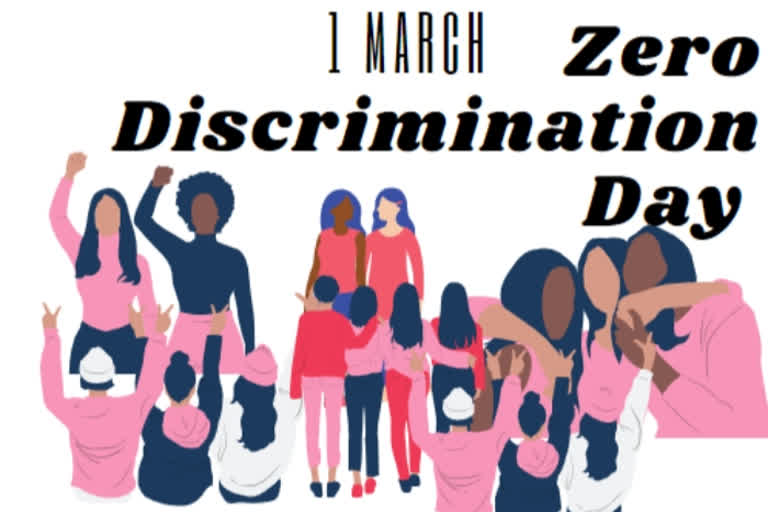New Delhi: On Zero Discrimination Day this year, UNAIDS is challenging the discrimination faced by women and girls in all their diversity to raise awareness and mobilise action to promote equality and empowerment for women and girls.
Zero Discrimination Daywas first celebrated by the UN on March 1, 2014, after UNAIDS, a UN programme on human immunodeficiency virus (HIV) and acquired immune deficiency syndrome (AIDS), launched its Zero Discrimination Campaign on World Aids Day in December 2013.
Zero discrimination against women and girls
- Discrimination and gender inequality remain a huge barrier for women and girls with a serious impact on the AIDS response. This is an important year for women and girls, starting with the Beijing +25 Conference and the Commission on the Status of Women in March, through the UN General Assembly High-level session in September.
- The theme of Zero Discrimination Day on 1 March 2020 is “Zero discrimination against women and girls.” The day is not limited to HIV, or health-related themes, but aims to highlight all issues related to discrimination.
- According to the latest estimates from the UN’s International Labour Organisation, the worldwide labour force participation rate in 2018 for women aged 15-64 was 53 per cent while it was 80.6 per cent for similarly aged men.
- The number of women working in high-income countries went up between 1990 and 2018, largely due to policies like better parental leave, subsidised childcare, and flexibility in jobs. But in South Asia’s low and middle-income countries, the number of women working has declined.
- Labour force participation of women in India is quite low: IMF MD
Read:|India stresses on UNSC reforms to address challenges of 21st century
- In India, female labour force participation fell from 35 per cent in 1990 to 27 per cent in 2018.
- A survey on social attitudes in 2016 found that around 40-60 per cent of men and women believe married women should not work if the husband earns reasonably well.
- According to the Deloitte report titled Empowering Women & Girls in India for the Fourth Industrial Revolution, 95 per cent or 195 million women are employed in the unorganised sector or are in unpaid work.
- In the Indian context, the female labour force participation has had a decadal fall from 36.7 per cent in 2005 to 26 per cent in 2018, with 95 per cent (195 million) women employed in the unorganised sector or unpaid word," the Deloitte report noted.
- The female labour force participation in India has fallen to 26 per cent in 2018 from 36.7 per cent in 2005, amid lack of access to quality education and underlying social, economic barriers limiting the opportunities for women, says a Deloitte report.
